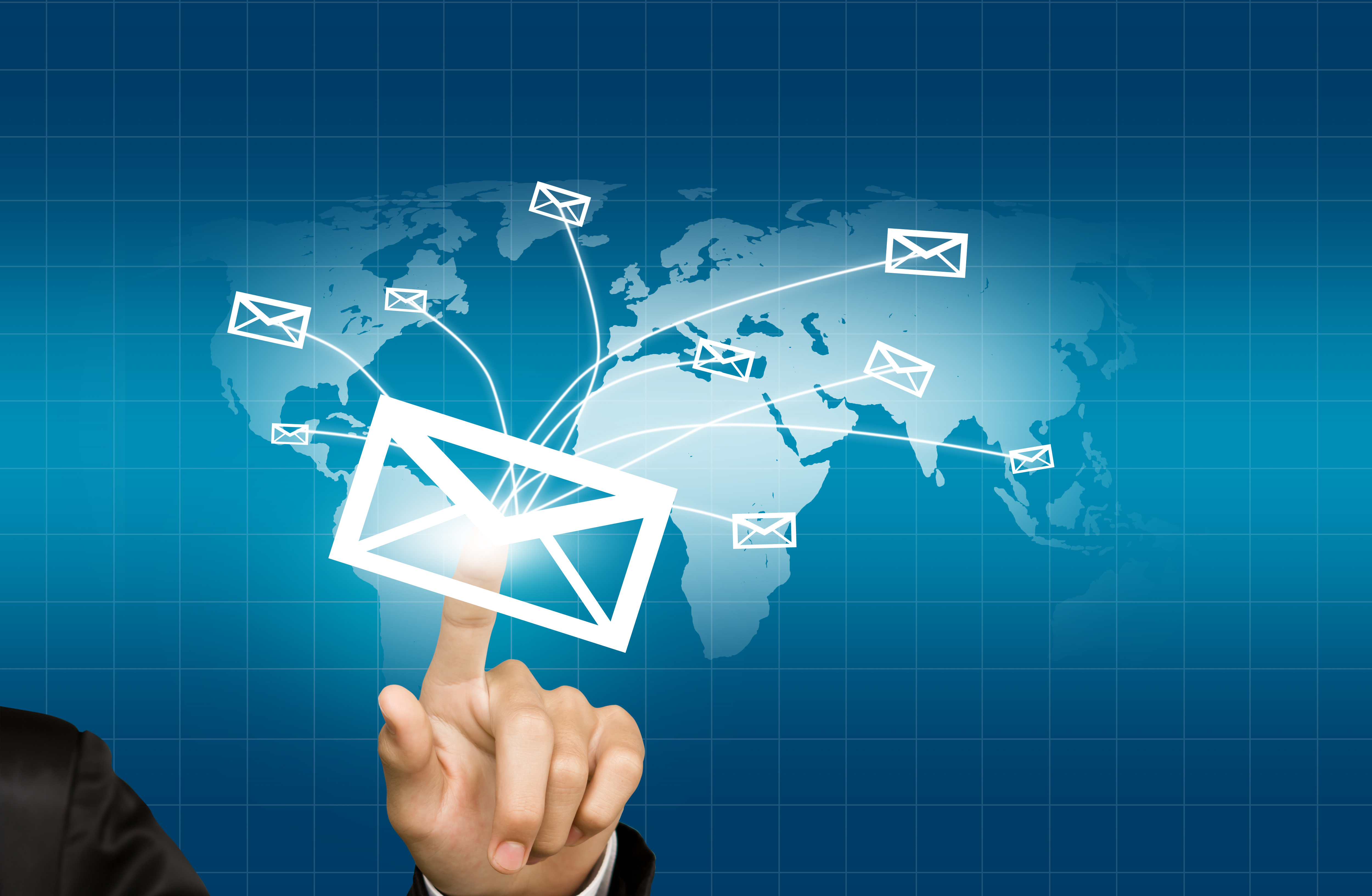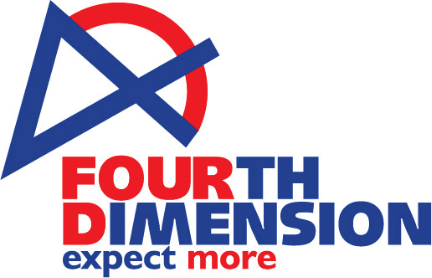Smooth Sailing Through Mail Migration: A Detailed Step-by-Step Manual
Cloud Services
Today, migrating email systems to the cloud isn't just about technological advancement; it's a pathway to enhanced accessibility, scalability, and cost-effectiveness. Cloud solutions are replacing legacy systems, making communication and collaboration better for businesses. Eliminating licensing fees and hardware upgrades is economical and boosts innovation.
With advanced features and collaboration tools, modern email platforms are enriching communication landscapes. Join us as we embark on a journey through the critical steps of email migration. From careful planning to smooth execution, our guide provides the know-how and insights required to effectively migrate your mail.
Step-by-step manual for mail migration:
Thorough Planning:
- Create a detailed migration plan outlining all the steps and processes involved in the migration.
- To begin the transition, management has to understand organizational and staff needs.
- Just decide what you need—email or message-based services? filing cabinet?
- To better prepare staff and management for the upcoming transition, know the answers to these questions.
Choose a Suitable Migration Method:
- Choose a migration method based on your organization's needs once you have the answers to the questions above.
- There are several methods to migrate data between email platforms, such as IMAP migration, hybrid deployment, or third-party migration tools.
- Select the method that suits your requirements and ensures data integrity and security.
Use Secure Connections:
- Ensure that all connections between the Source server and target server are encrypted and secure before the mail migration.
- IMAP sync tools typically support SSL/TLS connections, and it's important to enable this for data protection during transit.
Inform Users:
- Communicate with all users about the migration process, its timeline, and any potential impact on their email access.
- Provide them with relevant instructions and support during the transition.
Test the Migration Process:
- Migrating your entire infrastructure, including mailboxes, calendars, and services, can turn into a nightmare if unexpected issues arise.
- The process is time-consuming, and it's wise to conduct tests before fully committing to the migration.
- Perform a test migration on a small group of users to identify and resolve any issues or glitches.
Implement Security Measures:
- Ensure that both the source and destination environments have robust security measures in place.
- Restrict access only to authorized personnel.
- Implement measures such as multi-factor authentication (MFA) and DLP solutions to monitor and prevent the unauthorized transfer of sensitive data during migration.
Phased Migration:
- Consider performing the migration in phases or batches, starting with a smaller group of users before moving on to larger groups.
- This approach helps mitigate risks and allows you to address any unforeseen challenges early on.
- Maintain backups of your data before and during migration.
- This guarantees that you can recover data in the event of any unexpected security incidents or data damage.
Monitor the Migration:
- Monitor the migration process closely and maintain detailed logs of all actions and errors that occur during the migration.
- These logs will be invaluable if any issues arise and will help in troubleshooting.
- Have a rollback plan ready in case the migration encounters significant issues that cannot be easily resolved.
- This ensures you can revert to the previous state and minimize disruptions.
User Training and Support:
- Provide training and support to users who might face challenges in adapting to the new environment.
- Address their concerns and assist them in making a smooth transition.
Post-Migration Verification:
- After the migration is complete, verify that all data has been successfully transferred.
- Also, ensure that users can access their emails and other data in the new Exchange environment.
Final Thoughts:
Although mail migrations can be daunting, they’re far from impossible. This blog should make it easy for you to get ready for the migration process.
There are plenty of mail migration tools and service partners like Fourth Dimension Technologies to help you successfully migrate your email.
Preparation and thorough planning are the keys to a successful migration. Don’t skimp on prep time. Make sure all your bases are covered.
